Aiming for the moon
Renewed international interest in our closest celestial neighbour is giving academics a chance to build out Canada’s space exploration expertise.
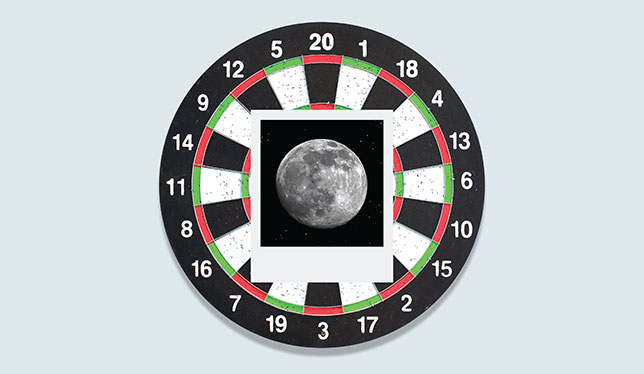
The moon is shaping up to be Canada’s next frontier for interdisciplinary study. Backed by substantial government funding, researchers across the country are coming together to solve the challenges of working on the lunar surface.
It’s all part of a new “moon rush.” China has sent unmanned landers to both the moon and Mars in recent years, with many more ambitious missions planned. Some NASA officials have described China as an able player in space and have warned about possible security ramifications as that country expands its reach in the universe. The U.S. agency is now aiming to land humans on the lunar surface by 2025 – the first such mission in more than 50 years.
NASA is working with a coalition of partners that includes space agencies from Europe, Japan and of course, Canada. Our country will contribute a new robotic arm, Canadarm3, to help support landings at a planned space station known as the Gateway, which will orbit the moon. The project continues a tradition of using Canadarms in space exploration missions dating back to the dawn of NASA’s space shuttle program in the 1970s.
“Space is still not yet a commodity that people buy, but there is a slow transformation in how we do business in space.”
“The timing is very important here, and the funding available in the U.S. – at the same time – is huge,” says Myriam Lemelin, an assistant professor at Université de Sherbrooke. Dr. Lemelin is competing to participate in the Lunar Exploration Accelerator Program (LEAP), run by the Canadian Space Agency (CSA), which is promising $150 million dollars in funding. “It was really important that Canada could make research available within the same timeframe [as the Americans], so we can get included with the U.S. partners and other international partners,” Dr. Lemelin explains.
For the CSA, aiming for the moon was an obvious choice because it provides rich ground to create high-quality jobs, and to increase Canadian expertise in the fields of science, technology, engineering and math.
LEAP is targeted at activities that would take place in lunar orbit or on the moon’s surface, with the goal of possibly expanding to other destinations (including remote locations on Earth). It will help Canada “take advantage of the nascent lunar economy,” says Erick Dupuis, the CSA’s director of space exploration development. “Space is still not yet a commodity that people buy, but there is a slow transformation in how we do business in space,” he adds. “Truly, we want to make sure that we position Canada, and in particular Canadian industry and the Canadian space community, to take advantage of what’s on the horizon.” Moreover, Dr. Dupuis points out that space is a powerful diplomatic tool as it demands that countries work together to solve hard problems.
Surviving the lunar night
The most high-profile of the LEAP projects will be a Canadian lunar micro-rover, set to take flight as early as 2025. Planning is still in the early stages, but Dr. Dupuis says the CSA started more than a year ago to work out the contract requirements that companies hoping to participate in the project will need to respond to.
The potential for Canadian science is huge because it will bring together design teams from across the country, Dr. Dupuis says, and ready them for a lunar mission that could lead to more space-exploration work in the future. But the requirements are also daunting for just a few years of research. The CSA aims to place at least two science instruments on the rover; one will be Canadian-made and the other American-made.
The rover will spend at least one full lunar day (that’s roughly 14 Earth days) picking up imagery, measurements and other data on the surface of the moon, beaming it all back to Earth. It will then aim to survive a lunar night, which is also 14 Earth days long. Temperatures will plunge to at least -208 C and the rover will be deprived of solar power. If it weathers those conditions successfully, the rover will have about another two-week Earth cycle of full sunlight available to learn even more.
“In the end, we will have a whole slew of Canadian technologies flying to the moon,” Dr. Dupuis says, adding that such flight-tested hardware is precious in the space community. In a business that must overcome problems like high radiation as well as intense cold and heat, components are prized that have a high level of readiness, backed by years of simulations, lab tests and real-world experience culminating in a mission to space. Researchers at a number of Canadian universities will be along for this exciting journey. In talking to several academics at different institutions who are working under LEAP, the impression is that the program is an accelerator of Canadian research that’s deepening a network of innovative researchers across the country.
“We have a lot of expertise in big data coming from our astronomy community, and some from geography,” says Sarah Gallagher, the newly appointed director of Western Space, an interdisciplinary network of departments focused on space exploration at Western University. “We’re using both Earth and space observations to really build out that expertise,” she says.
While Western is involved in many LEAP initiatives, the micro-rover project will require extensive collaboration with other Canadian postsecondary institutions – among them, the University of Alberta, MacEwan University and Université de Sherbrooke.
Think of the rover as a geology explorer guided by scientific expertise, using techniques pioneered on Mars by robots like Curiosity and Perseverance, from NASA’s Jet Propulsion Laboratory. The moon has been shaped by thousands of years of asteroids slamming into its surface. The asteroids carry “volatiles” (delicate molecules such as water) that have gradually left behind deep deposits of ice that may be useful for future human exploration. Research being conducted at Western will help the rover to determine the processes that shape the moon through geology and geophysics prospecting.

Devising new tools
Canada’s space exploration ambitions also come down to precisely designed instruments. Another LEAP project targeting the moon comes from a team of researchers at Simon Fraser University, the University of Manitoba and McGill University. Led by SFU, the team plans to apply decades of research on measuring earthquakes and the strength of Earth’s gravity to learn more about the moon.
But its environment presents even more challenges than Earth’s. Seismometers and gravimeters (the devices that measure gravitational pulls) need to be miniaturized because every kilogram carried into space is precious. They must also be highly autonomous, since the astronauts will be too busy to constantly monitor and repair them if needed. Moreover, the moon has poorly understood fluctuations in gravity, which made landings interesting for the Apollo astronauts in the 1960s and 1970s; NASA hopes that today’s far more precise instruments will allow us to better understand the gravity field to protect the crews.
“We’re working towards many more missions to the solar system, and also in space astronomy. So the moon is just one part of the puzzle for what space holds in store for us.”
The team’s goal is to create miniaturized seismometers and gravimeters that will be ready for the rigours of space and capable of capturing
precise data, potentially giving us a clearer picture of what is going on beneath the lunar surface. Their work could have applications far
beyond the moon, as scientists are always interested in learning more about Earth and how other celestial bodies like Venus, Mars and the
moon compare.
It could also lead to applications on Earth. “For example, in the mining industry, they can use the same sort of technology here, and we can develop new, compact, hypersensitivity devices that they [miners] can use in order to study the Earth’s subsurface structure,” says Behraad Bahreyni, an associate professor at SFU who researches sensors, microsystems and sensor signal processing.
Dr. Bahreyni spoke with researchers across the country before making his LEAP proposal to learn more about what issues were top of mind in the lunar-research community. Water was a big one, but there also was a desire to learn what’s going on underneath the surface. Why does gravity vary? What is going on with the moon’s small and fluctuating magnetic field? How does this affect a spacecraft? “We will use the sensors to evaluate our performance and figure out what data we can collect with them [on the surface], and then how we can relate it to the subsurface,” Dr. Bahreyni says. “We’ll also need to make sure that these things can be deployed so they will survive the launch, the landing and all the other mission steps.”
Assessing the benefits
Payoff for investments in space always seems incremental. There have been advancements in robotic surgery thanks to the Canadarm. But they only came about in the 2000s, after the Canadarm was developed in the 1970s and 1980s. There are more potential health applications for people in remote regions, in Indigenous communities or in seniors’ residences but they may not be realized for decades to come.
Other aspects of exploring the moon could be beneficial in the short term, Dr. Bahreyni says, particularly around helping teams in different provinces to collaborate and providing high-quality jobs for students and young researchers. Beyond that, there is the pure knowledge that the LEAP projects will provide.
In the next few years, the CSA also expects the knowledge networks created by LEAP will lead to benefits that are difficult to anticipate. It is often through these interdisciplinary collaborations that opportunities arise to come up with new technologies to meet our most pressing needs. “With LEAP, what we’re trying to do is to build a strong Canadian industry that’s diversified, that has vibrant small [and] medium enterprises,” says the CSA’s Dr. Dupuis. “We want these companies to be viable, to have long-term commercial markets, and to be able to provide high-quality jobs to those graduates that will come out of university.”
Dr. Dupuis also emphasizes that to the CSA, the moon isn’t the only destination in the mix. Missions to asteroids are also being planned. Canada and its international partners have their sights fixed on Mars too. An old joke in the space community is that a human-led mission to the Red Planet is always 20 years away. And indeed, NASA’s latest estimates for landings (made during the Trump administration) suggest a possible date of around the year 2035.
Mars is a giant leap in terms of the complexity involved, given that a mission there would take at least two years and astronauts would be so far from Earth that getting help there would be difficult. That said, CSA, NASA and other space agencies continue to work on robotic missions to Mars in preparation for human missions, including a “sample return” that may bring bits of the Red Planet back to Earth in the 2030s for further analysis.
“We’re working towards many more missions to the solar system, and also in space astronomy,” Dr. Dupuis says of the CSA and its contracts
for Canadian researchers. “So the moon is just one part of the puzzle for what space holds in store for us.”

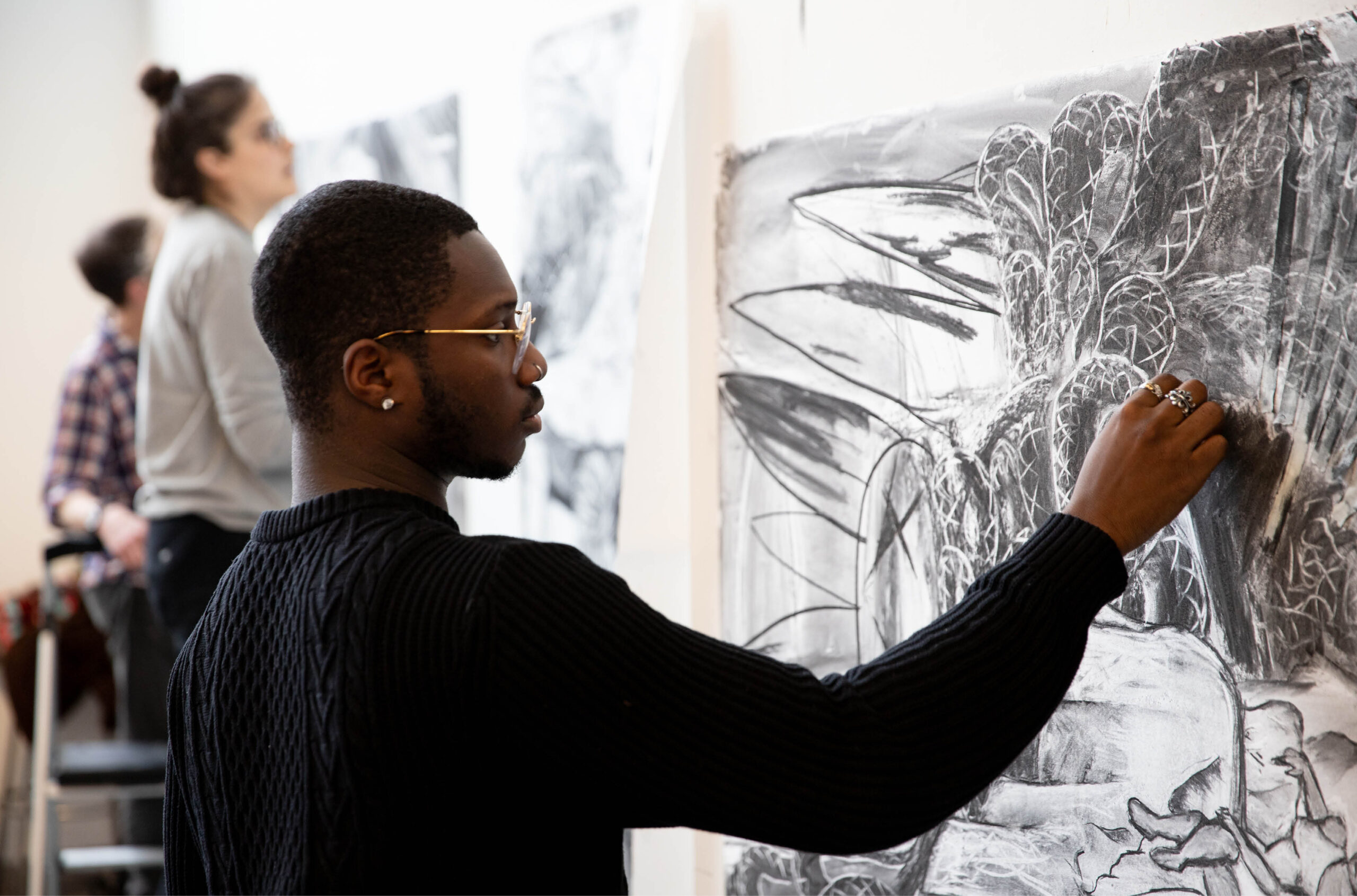
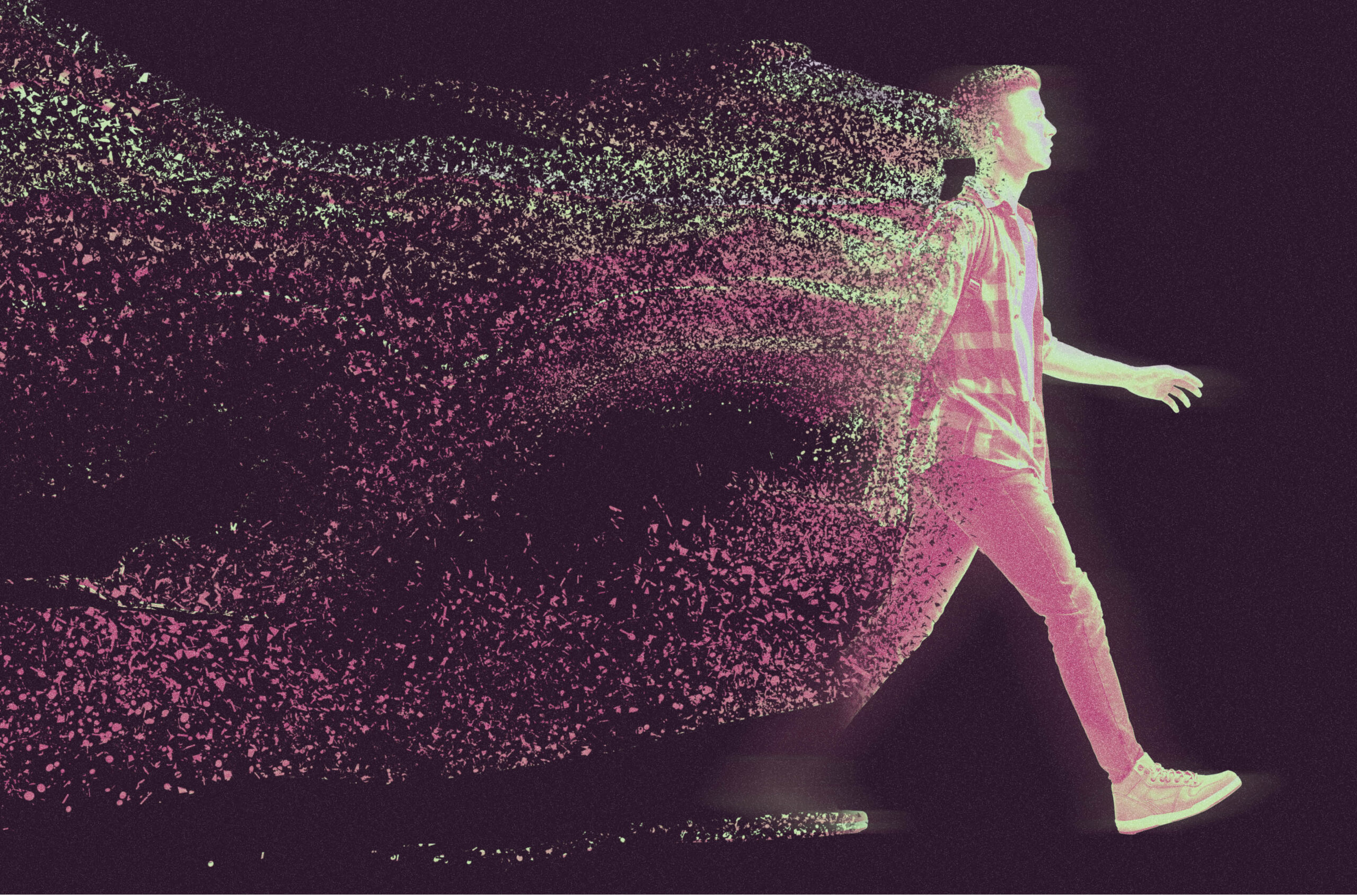
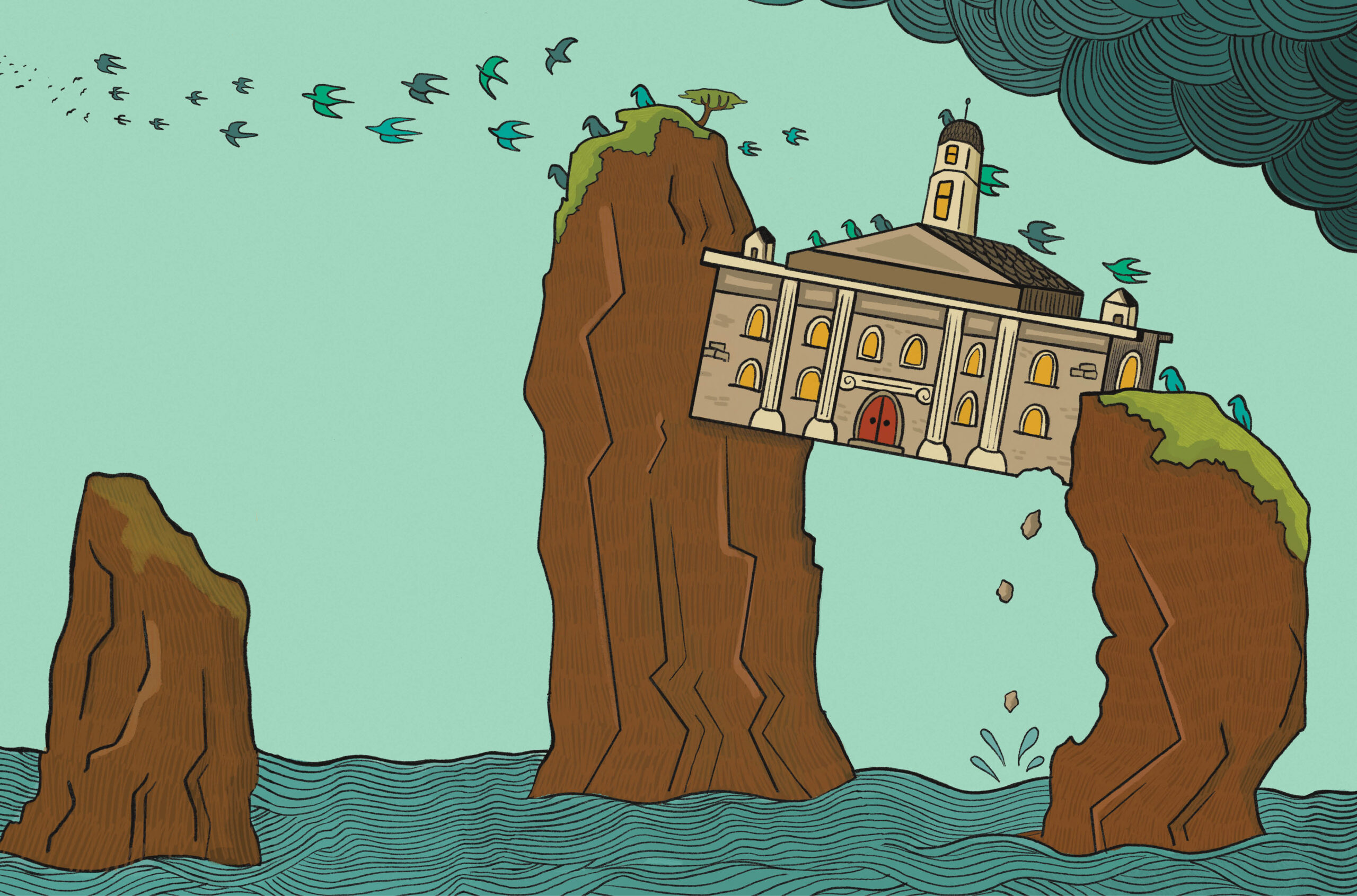
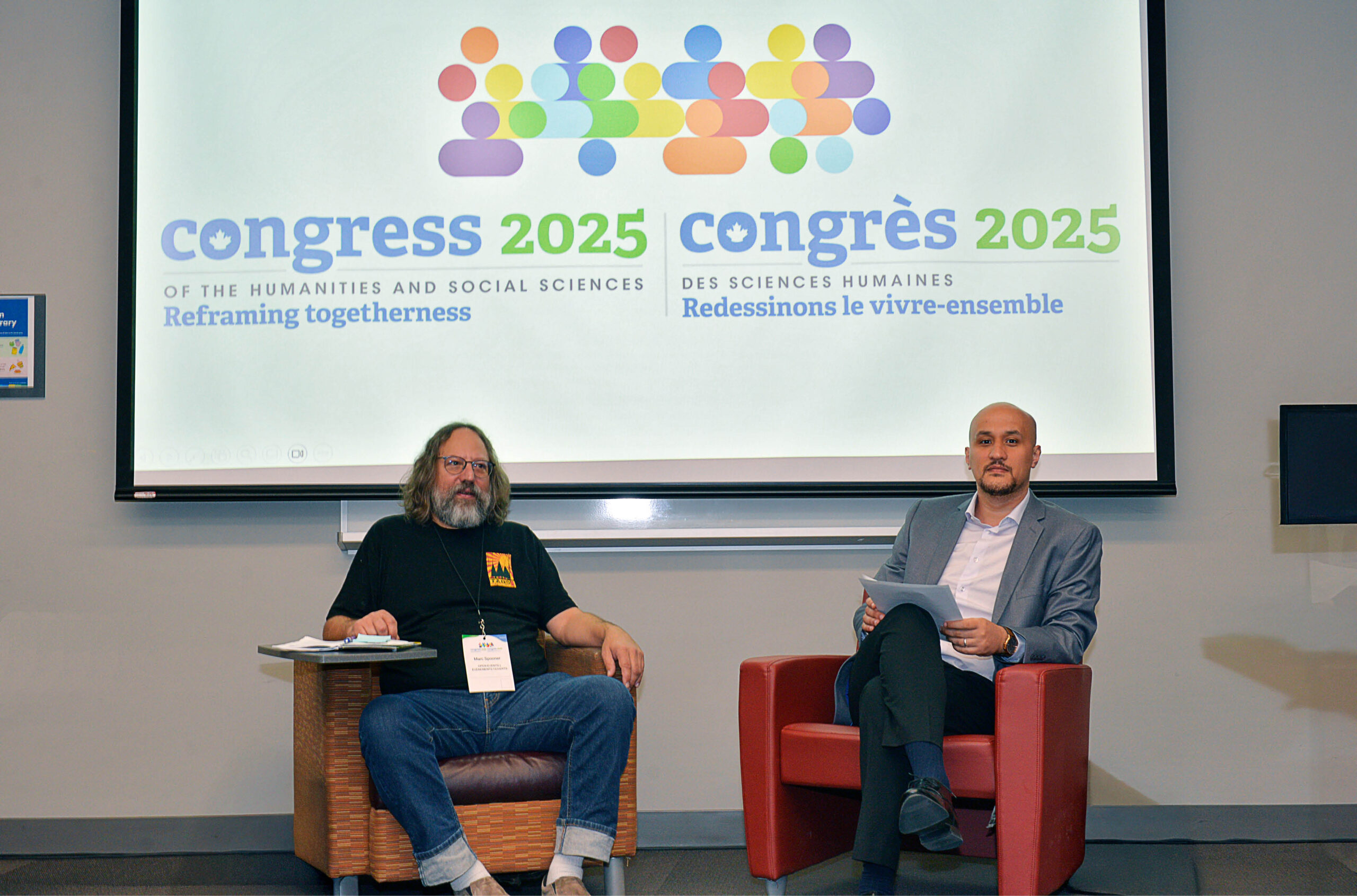
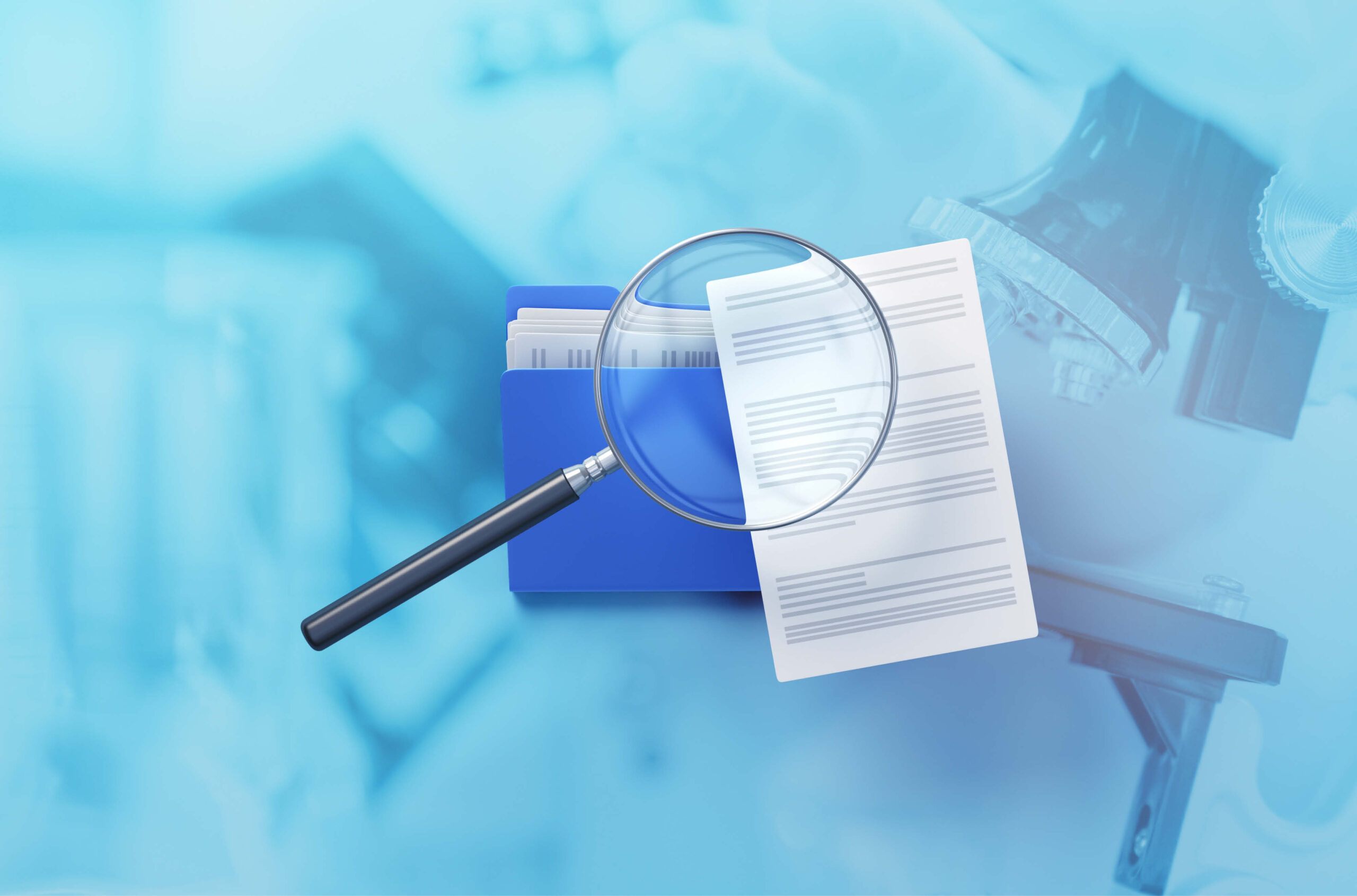
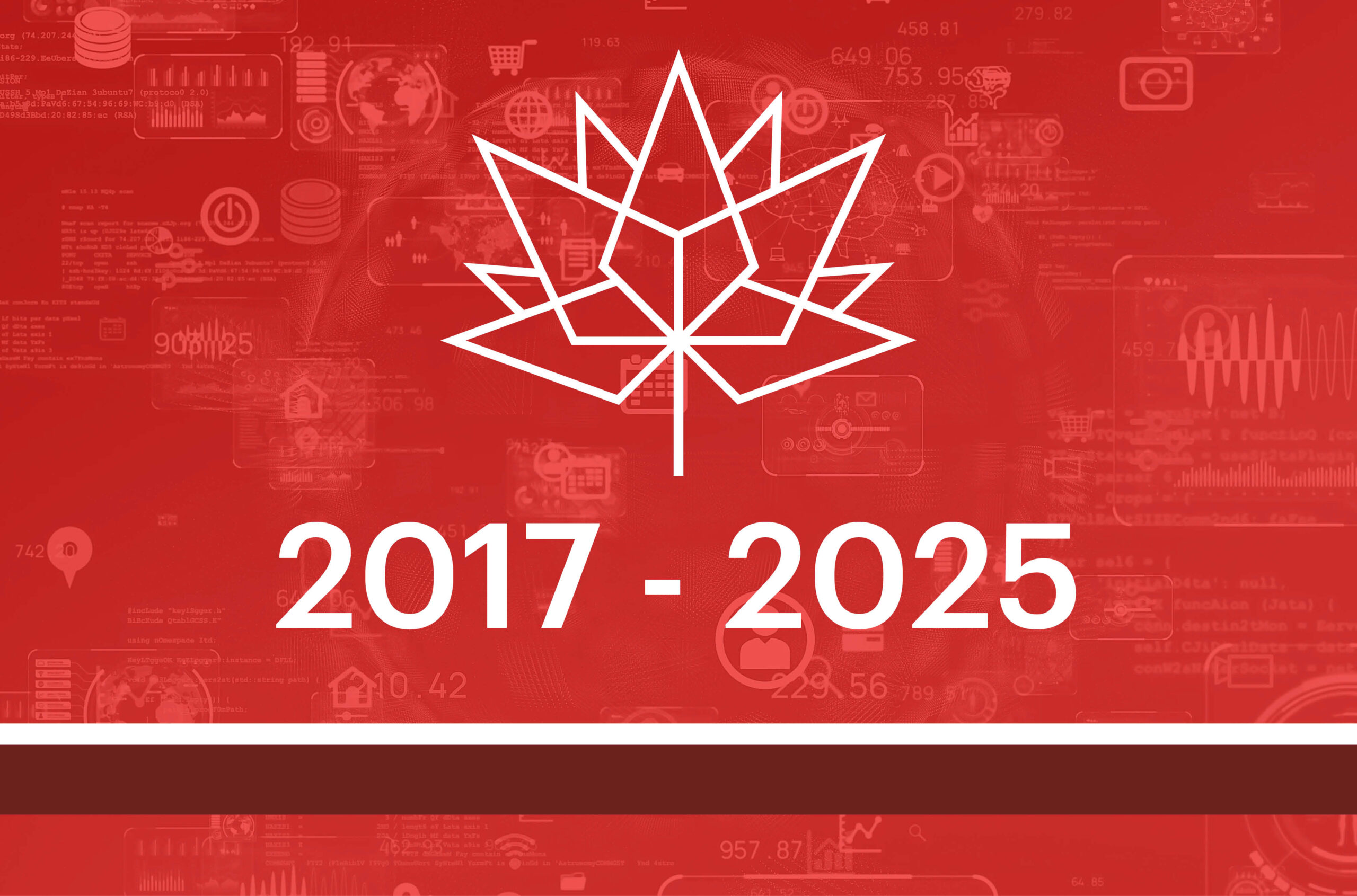


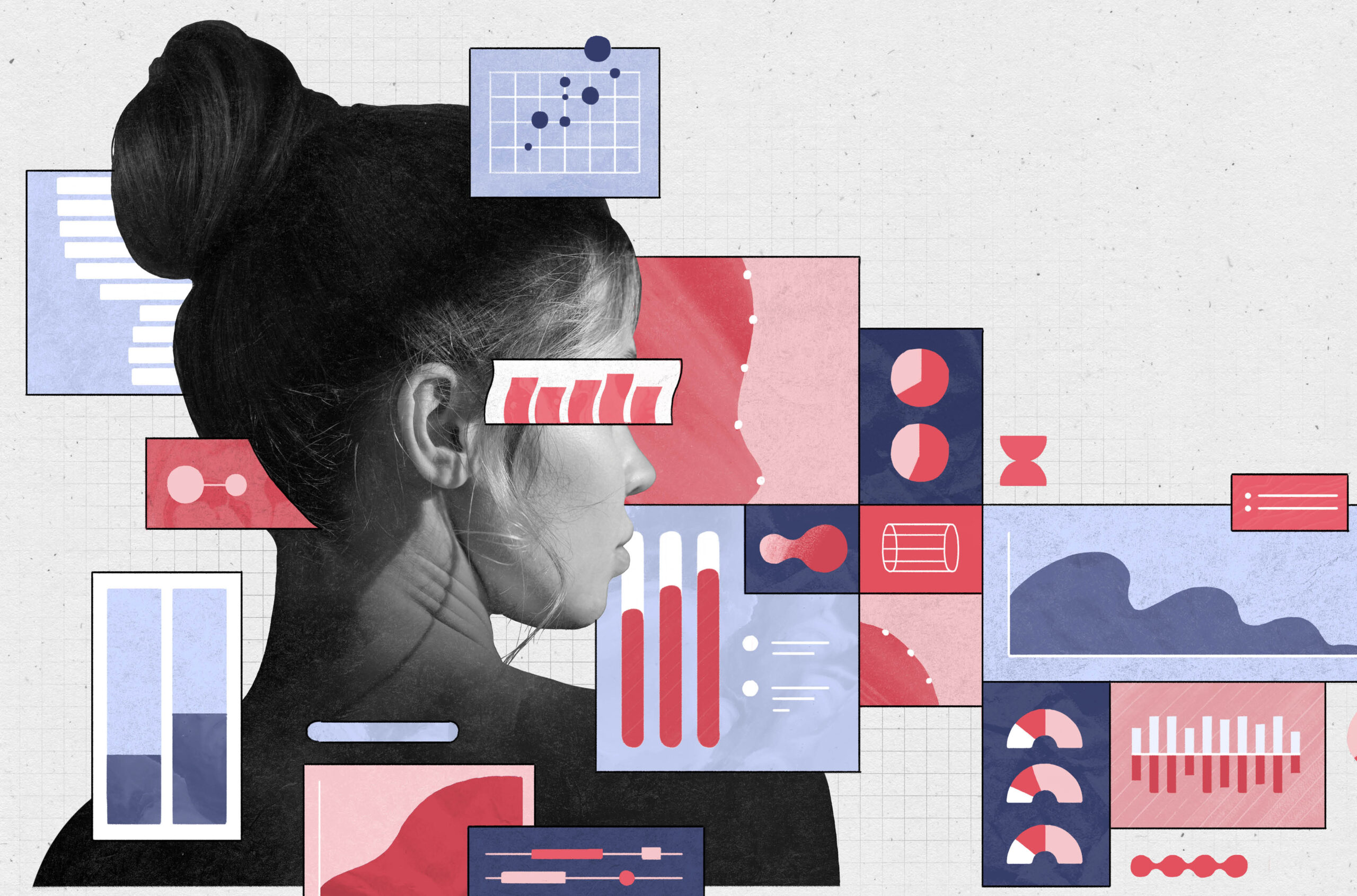


Post a comment
University Affairs moderates all comments according to the following guidelines. If approved, comments generally appear within one business day. We may republish particularly insightful remarks in our print edition or elsewhere.